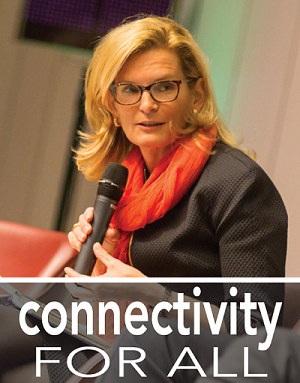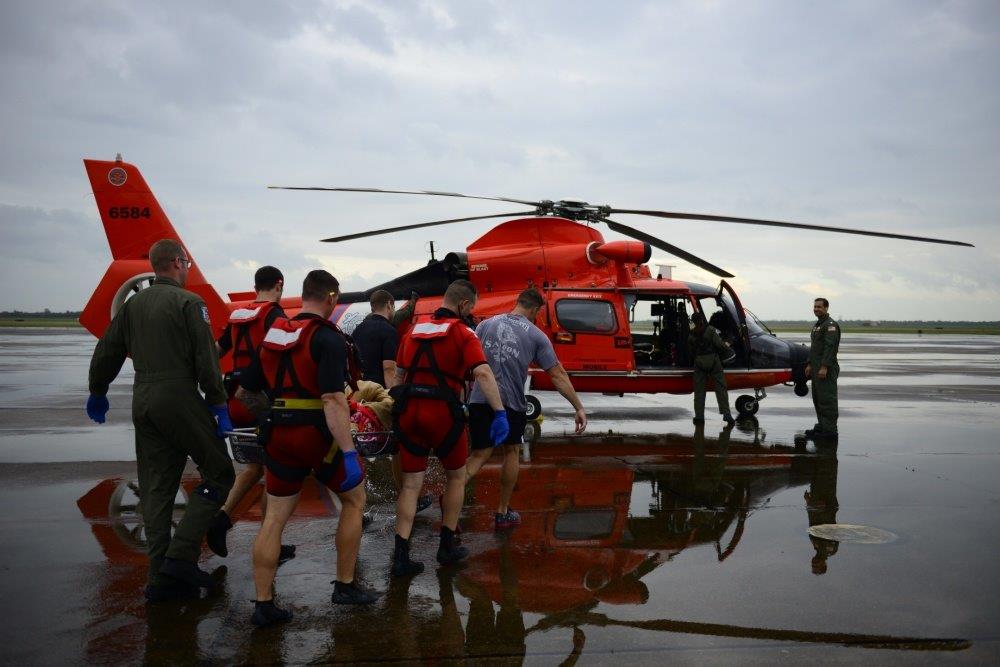Initial Estimates Show Digital Economy Accounted for 6.5 Percent of GDP in 2016
This blog post was cross-posted on BEA's website.
The Bureau of Economic Analysis released, for the first time, preliminary statistics and an accompanying report exploring the size and growth of the digital economy. Goods and services that are primarily digital accounted for 6.5 percent of the U.S. economy, or $1.2 trillion, in 2016, after a decade of growing faster than the U.S. economy overall, BEA’s research shows. These new estimates are supported in part by funding from NTIA.
From 2006 to 2016, the digital economy grew at an average annual rate of 5.6 percent, outpacing overall U.S. economic growth of 1.5 percent per year.
In 2016, the digital economy supported 5.9 million jobs, or 3.9 percent of total U.S. employment. Digital economy employees earned $114,275 in average annual compensation compared with $66,498 per worker for the total U.S. economy.
BEA includes in its definition of the digital economy three major types of goods and services:



